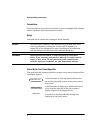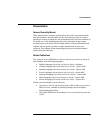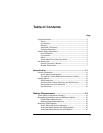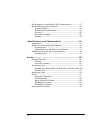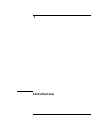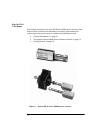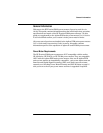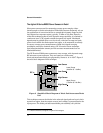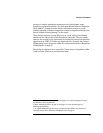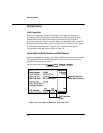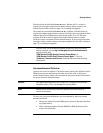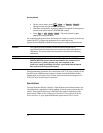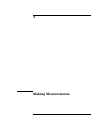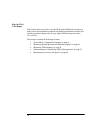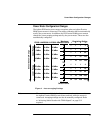
General Information
14
The Agilent E-Series E9300 Power Sensors in Detail
Most power sensors used for measuring average power employ either
thermocouple or diode technologies. Diode based sensors frequently rely on
the application of correction factors to extend their dynamic range beyond
their square law response region, typically -70 dBm to -20 dBm. However,
while this technique achieves wide dynamic range capability, it is limited to
continuous wave (CW) signals outside the square law region. Modulated
signals must be padded down or at low levels, with their average and peak
power levels within the diode square law region, to be measured accurately.
Accurate, average power measurement of high level signals carrying
modulation cannot be obtained using a CW correction factor technique.
Specialized modulation sensors provide accurate measurements but are
bandwidth limited.
The HP E-series E9300 power sensors are true average, wide dynamic range
RF microwave power sensors. They are based on a dual sensor
diode pair/attenuator/diode pair proposed by Szente et. al. in 1990
1
. Figure 2
shows a block diagram of this technique.
Figure 2 Simplified Block Diagram of Diode Pair/Attenuator/Diode
Pair
This technique ensures the diodes in the selected signal path are kept in their
square law region, thus the output current (and voltage) is proportional to the
input power. The diode pair/attenuator/diode pair assembly can yield the
1. US Patent #4943764, assigned to Agilent Technologies
Low Sense
High Sense
High Sense
Low Sense
RF in
Lower Range
Upper Range
(-10 dBm to +20 dBm)
(-60 dBm to -10 dBm)



